 Royal Theatre Box Office
Royal Theatre Box Office
Entry Category: Arts
 Royal Theatre Box Office
Royal Theatre Box Office
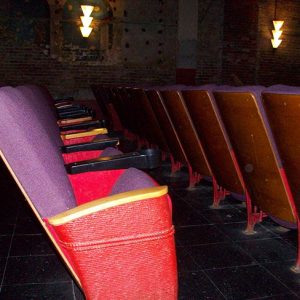 Royal Theatre Seats
Royal Theatre Seats
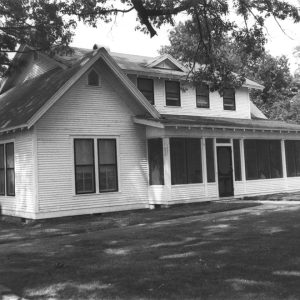 Rucker House
Rucker House
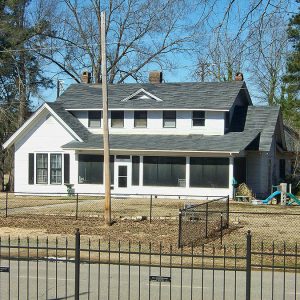 Rucker House
Rucker House
Rucker House
 Rumph House
Rumph House
Rumph House
Rush, Bobby
aka: Emmett Ellis Jr.
 Bobby Rush
Bobby Rush
 Bobby Rush in Concert
Bobby Rush in Concert
Russell Jail
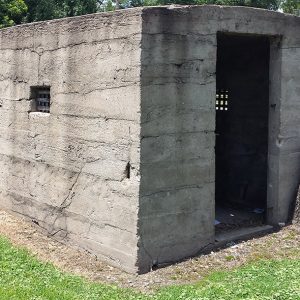 Russell Jail
Russell Jail
Russellville Public Library
aka: Heritage Hall
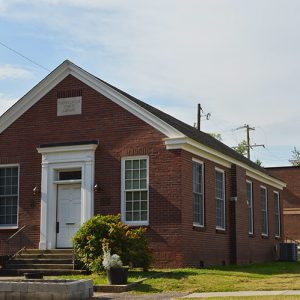 Russellville Public Library
Russellville Public Library
 Russellville Public Library
Russellville Public Library
Rwake
 Saenger Theatre
Saenger Theatre
Saenger Theatre
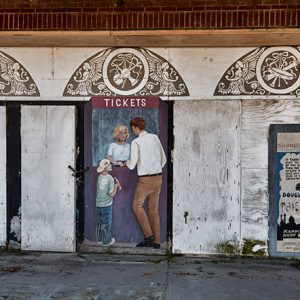 Saenger Theatre Detail
Saenger Theatre Detail
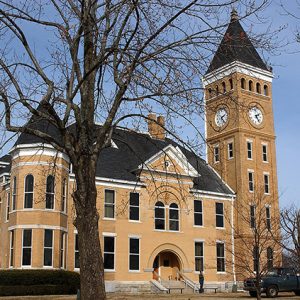 Saline County Courthouse
Saline County Courthouse
Saline County Courthouse
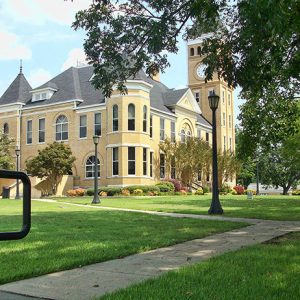 Saline County Courthouse Lawn
Saline County Courthouse Lawn
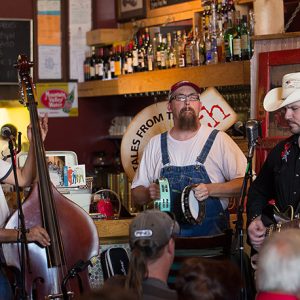 Salty Dogs at Tales from the South
Salty Dogs at Tales from the South
Salvest, John Joseph
Sam Epstein House
 Sam Peck Hotel Remodel
Sam Peck Hotel Remodel
Sanders, Pharoah
Sanders, Theodore Marcus
Sarah Bird Northrup Ridge House
Saunders, Michael Earl (Mike)
aka: "Metal Mike"
 Scaife and Cash
Scaife and Cash
 Cecil Scaife
Cecil Scaife
Scaife, Cecil Ross
Schnable, John Adams
Scipio A. Jones House
 Scott County Courthouse
Scott County Courthouse
 Scott County Jail
Scott County Jail
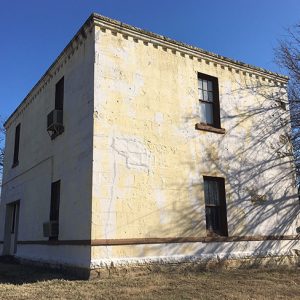 Scott County Jail
Scott County Jail
Scott, Cynthia
Scott, Dortha Delena Shaw
Scott, James Powell
Seals, Frank “Son”
Searcy County Courthouse
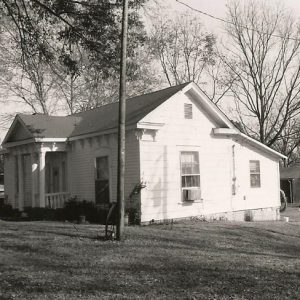 Sears House
Sears House
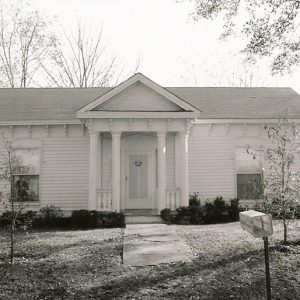 Sears House
Sears House
Sebastian County Courthouse
aka: Fort Smith City Hall
 Sebastian County Courthouse
Sebastian County Courthouse
 Sebastian County Courthouse Entrance
Sebastian County Courthouse Entrance
 Seed-of-Hope
Seed-of-Hope




